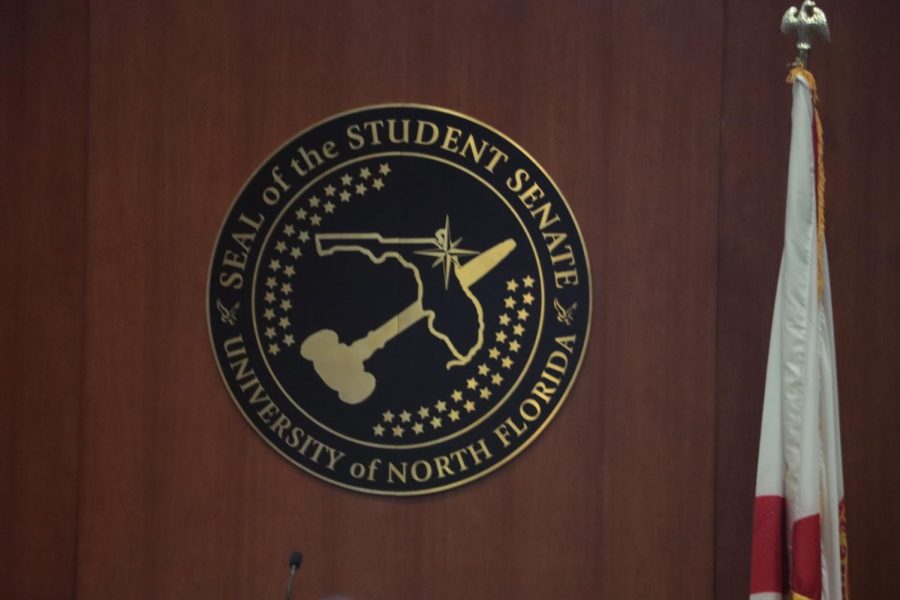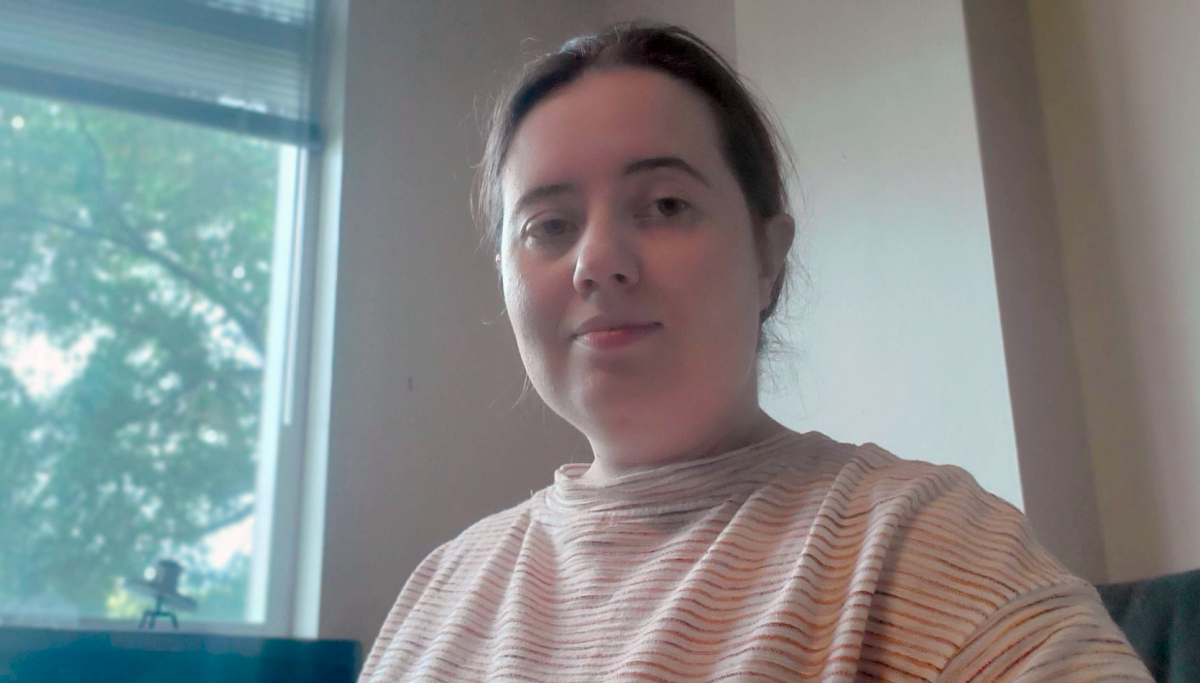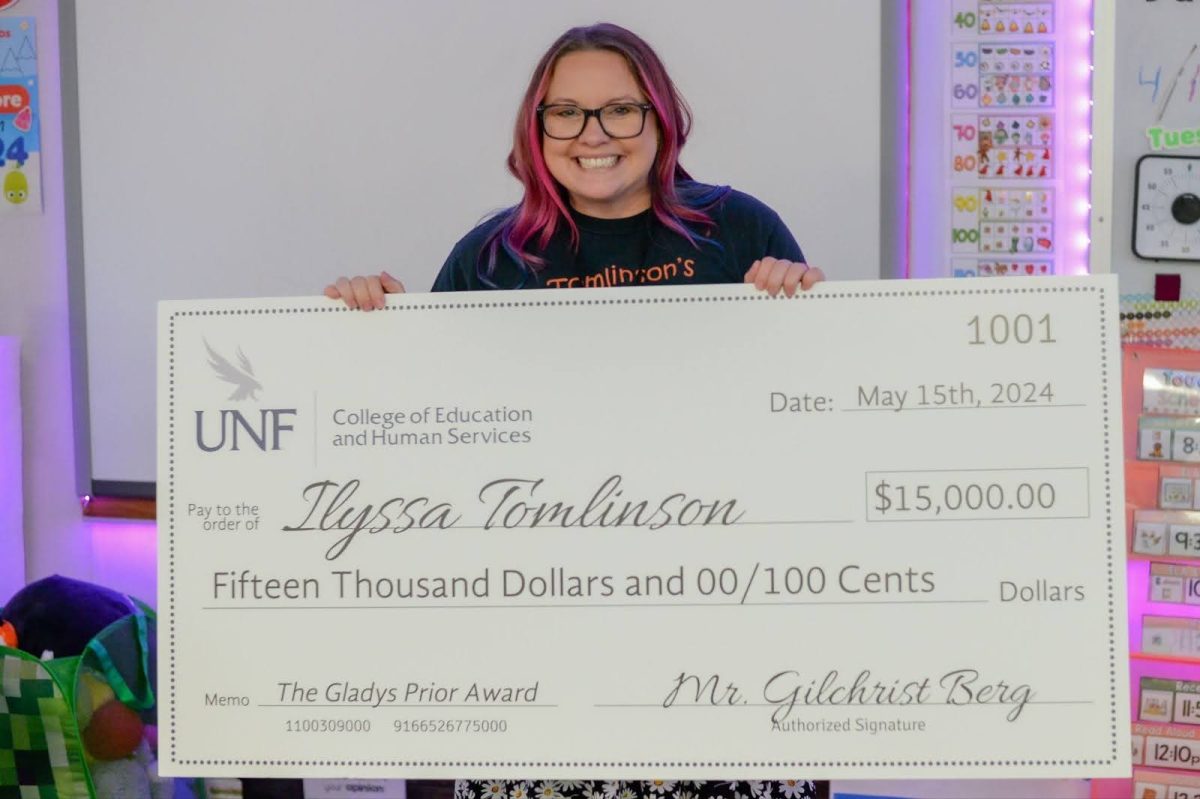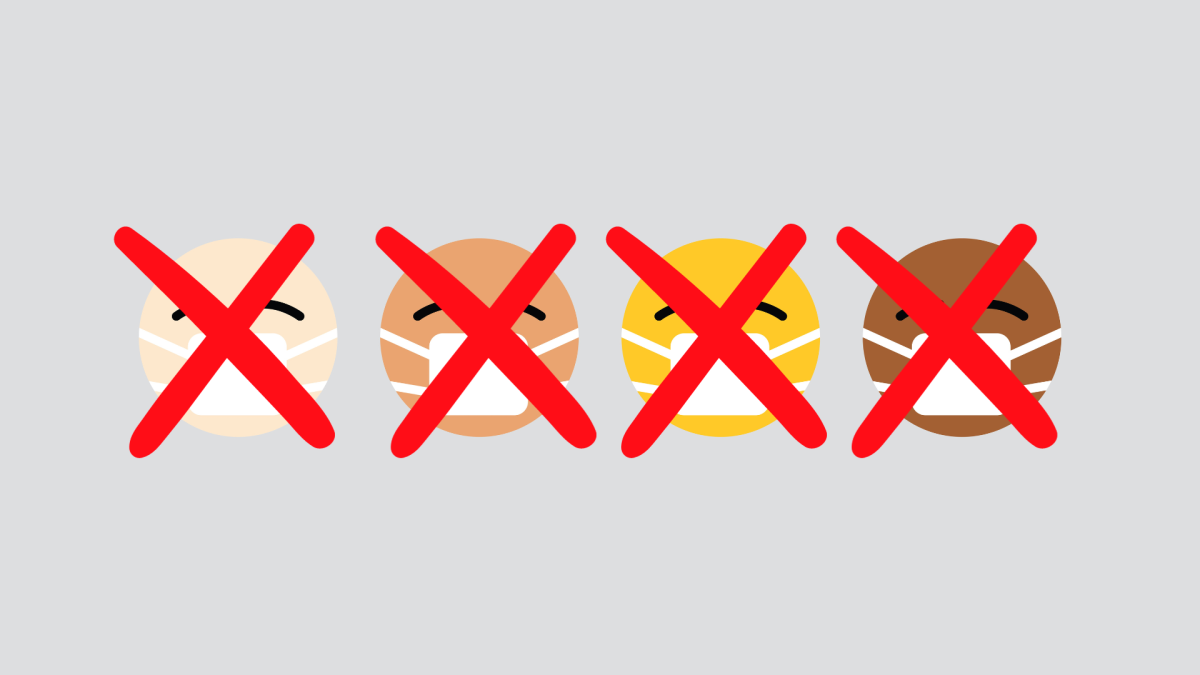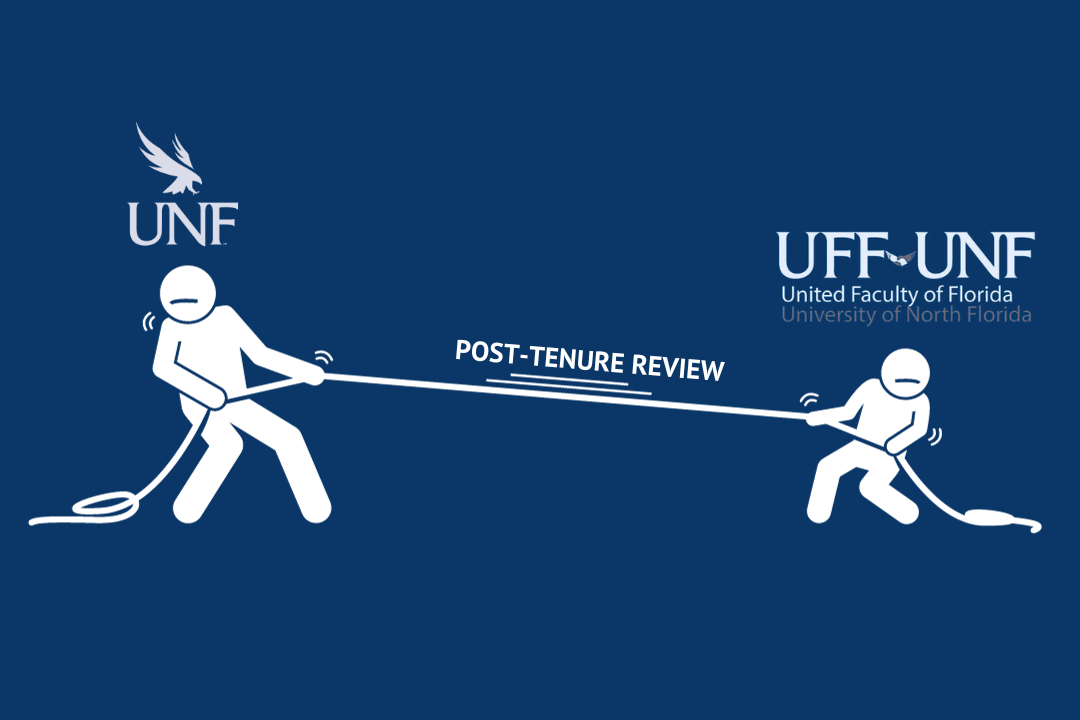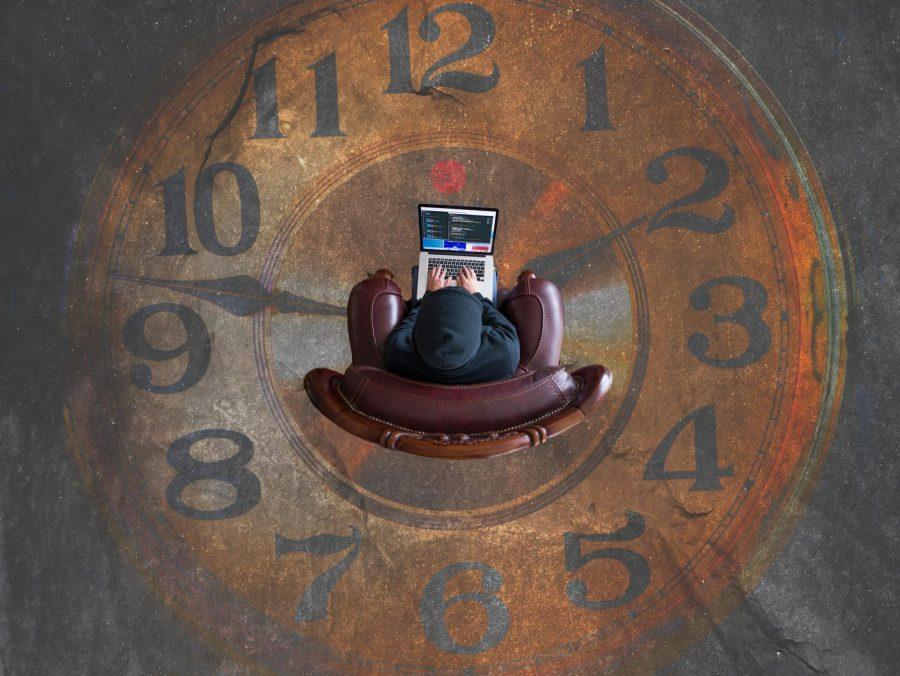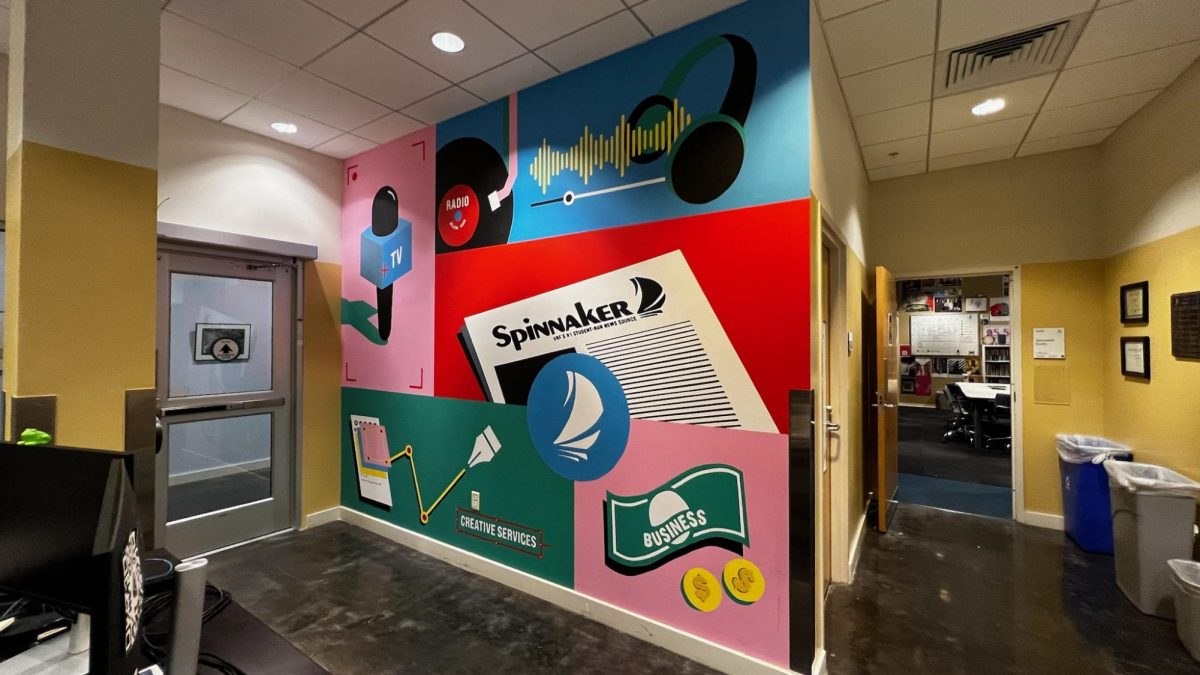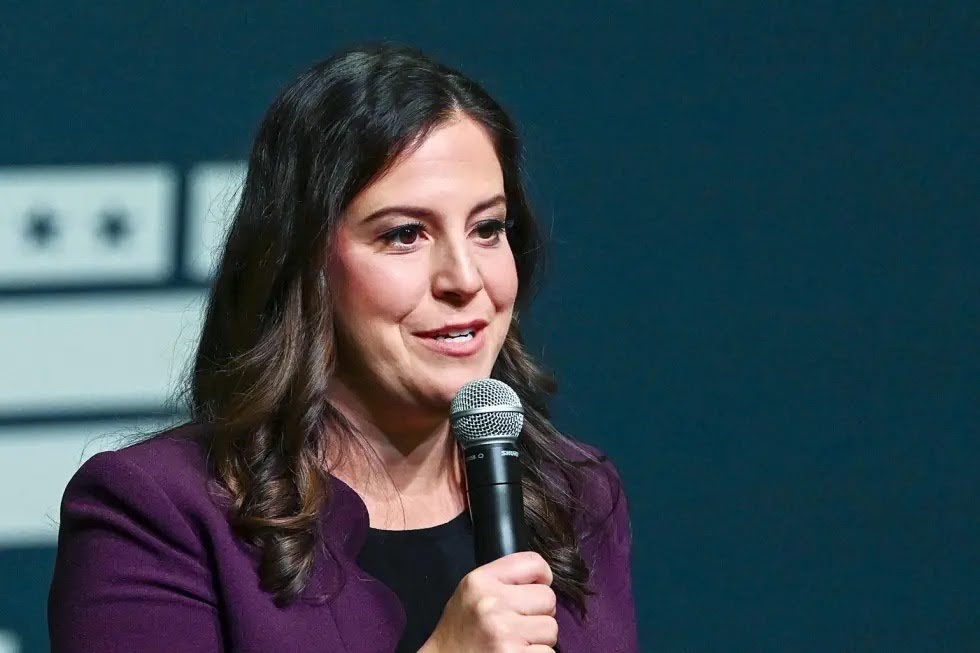
Photo courtesy Facebook
It looks like the future we’ve always imagined could be on its way. Soon our pizza could arrive via miniature, unmanned aircraft; Amazon could have the means to deliver packages on our stoops mere hours after we place an order; the air above could turn into a super highway of pilot-less aircrafts – if the Federal Aviation Administration (FAA) approves it.
As evidence of our increasing technological culture and our stubborn applicable laws, the Federal Aviation Administration remains undecided about the regulation of commercial drones. Although drones have a wealth of untapped potential, the FAA wants to proceed with caution until they know exactly what drones can do.
The Facts
Drones are unmanned aircraft systems (UAS) used for law enforcement, disaster relief, search and rescue, military training, and other government endeavors. They can also be used to record from aerial view, survey an area, water crops, make deliveries, or anything else you can think of.
These devices are still in the testing stage. As of December 30, 2013, the FAA approved six public entities — University of Alaska, the state of Nevada, New York’s Griffiss National Airport, North Dakota Department of Commerce, Texas A&M University-Corpus Christi, and Virginia Polytechnic Institute and State University — to operate test sites and conduct research into the uses of drones.
Despite the lack of regulations and incomplete research, there are two ways to receive FAA approval to use drones. According to the FAA, you can “obtain an experimental airworthiness certificate for private sector (civil) aircraft to do research and development, training and flight demonstrations,” as the above six public entities did.
The second option is obtaining a Certificate of Waiver or Authorization (COA) for public aircraft. COAs allow operators to operate their UAS in a defined area of airspace, as long as it stays within their line of sight and does not perform commercial deliveries or transport people. The UAS must also comply with the regulations set on a case-by-case basis depending on the proposed plan.
The FAA ban on all commercial drones is to remain in place until the organization establishes a set of regulations, which is expected to be completed in late 2015, at the earliest, in order to protect air safety.
The Problems
Although it is not technically legal for people to be using drones commercially, companies and organizations are pushing back against the laws. Last April, a Texas group sued the FAA over its order to stop using drones on search-and-rescue missions, according to the Wall Street Journal. Texas EquuSearch, which has used drones since 2006 for search and rescue, has asked federal courts to set aside the order.
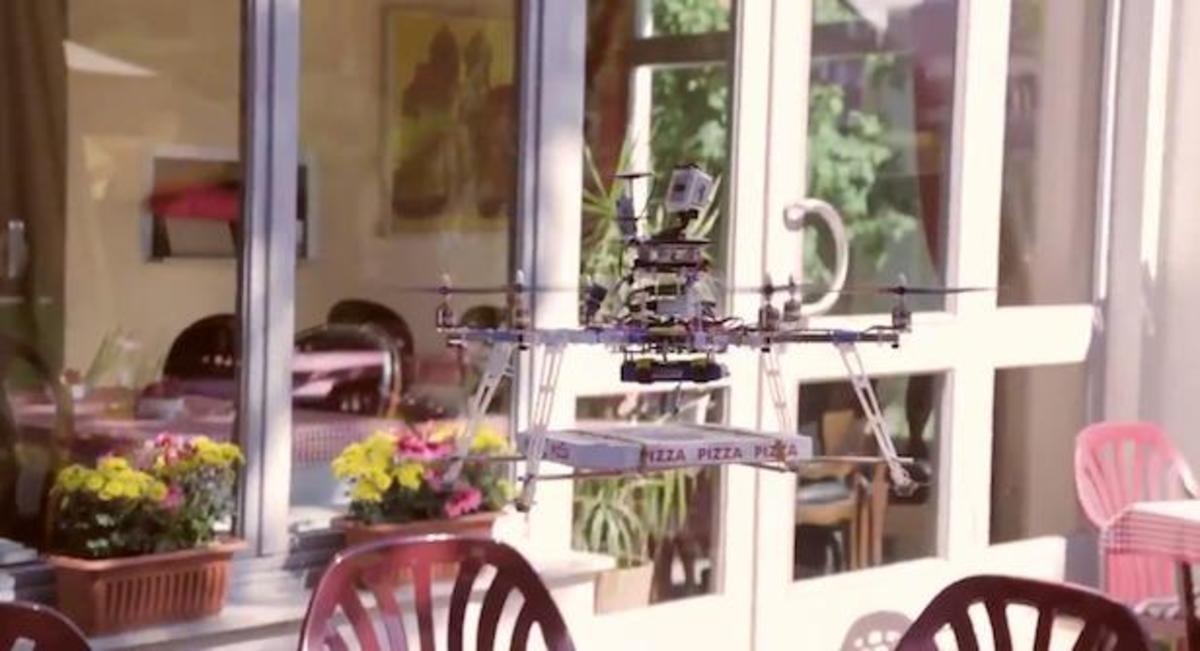
Photo courtesy Facebook
Earlier this year, the FAA gave a $10,000 fine to an Austrian videographer who flew a drone over a college campus and sold the footage to an advertising company. However, a federal judge ruled in favor of the Austrian. He ruled that the FAA has no right to prohibit this kind of use of a hobbyist airplane.
This is an important decision, because it creates room for bigger companies to circumvent the regulations: does this mean that as long as a company does not own the drone, an individual within the company can use it on their behalf? Can anyone claiming personal interest own and operate a drone as they please?
In another twist, the Motion Picture Association of America has recently asked for exemptions to allow seven aerial photo and video production companies within their membership legal use of UOAs. These lawsuits are all very important in the race to monopolize and capitalize on drone usage.
If the FAA grants the regulations to the seven companies, or a judge rules that the Texas EquuSearch can use their drones, then what’s stopping all of the other companies from using their drones? Though commercial drone usage remains limited, the FAA has yet to impose a set of guidelines to ensure the drones are being operated and used safely. The general public is also very concerned with privacy in response to the fact that there are no laws about trespassing over on the air in your backyard.
You own the ground on your property. The FAA is responsible for the air from the ground up. Although planes cannot fly below 500 ft., there are not yet regulations on the in-between territory. But they’re working on it.
Drones on campus
The controversy surrounding drones may be closer than you’d think — last semester, Dr. Jillian Smith, Ph.D., and her documentary filmmaking students Rachel Huddleston and Harrison Breault used a drone to create a documentary on the Trail Ridge Landfill.
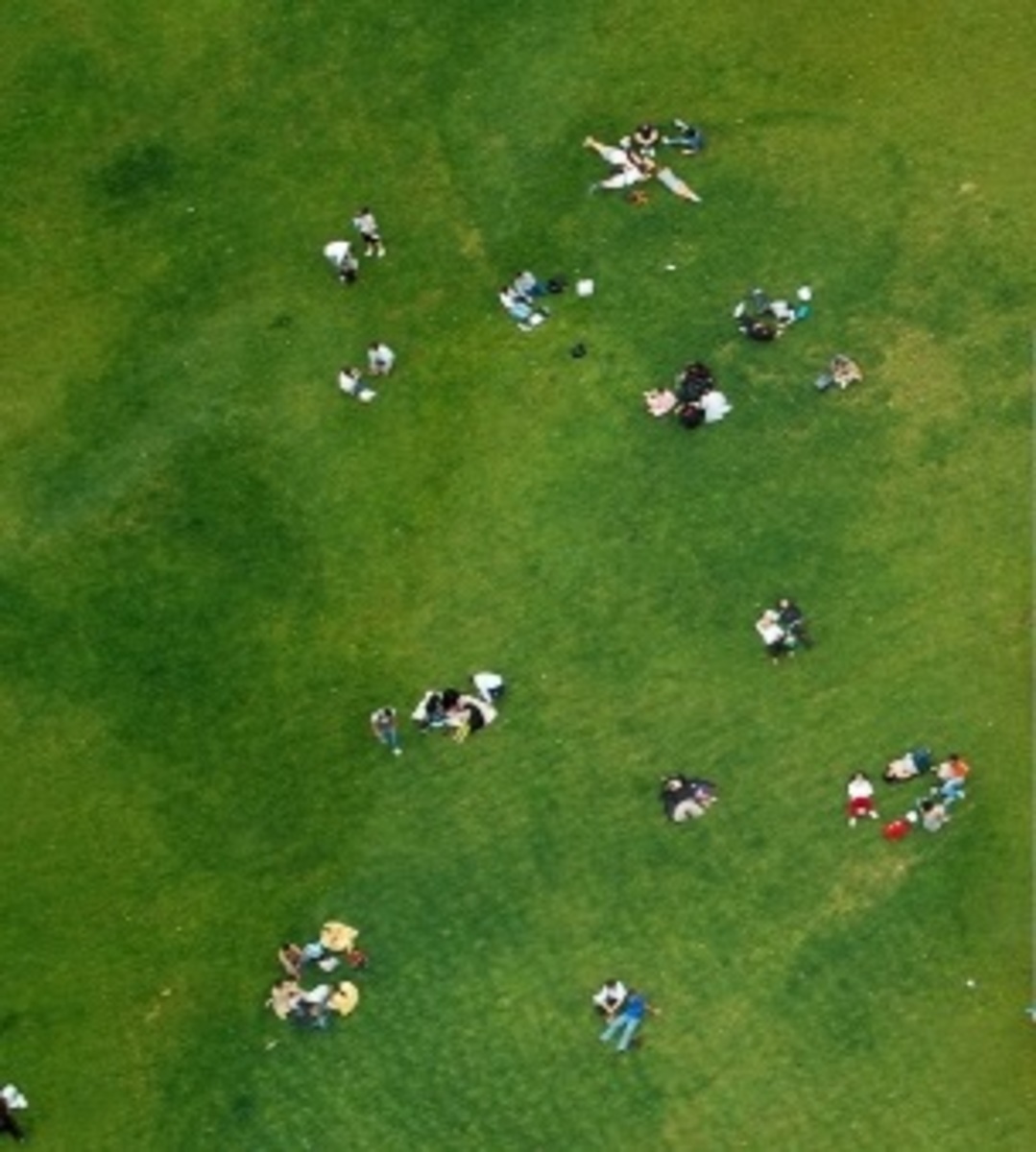
Photo courtesy Getty Images
Smith admits that she is unfamiliar with the drone regulations, but for her it’s not a matter of privacy or safety. She advocates using a drone for filmmaking because it offers her students and those who view their documentaries a new perspective.
“Our documentary practice is all about offering new perspectives that then re-situate viewers’ relationship to the subject,” Smith said. “For instance, if you simply saw a moving aerial view of the campus — a place where you walk every day — you would suddenly have a different sense of its shape, its patterns, its possibilities. And it would make you feel differently as you walk around campus.”
Smith concedes that that new viewpoint permanently alters our perspectives. She also explained how documentary filmmakers are always limited to what they can capture on a frame — a drone in the air can give a much larger frame and, in turn, a much broader perspective.
However, Smith believes that the question that should be answered is “Who owns the air?” Is it public property? She compares it to capturing a photograph:
“You’re allowed to take photographs of anything that you can see when you’re standing on public property,” Smith said. “If you transfer those codes to drones, then the question would be, well, who owns the air from which the photograph was taken, right? Because if the air is public, then you should be able to freely take anything from a drone.”
Smith’s ideas are undoubtedly shared by many who are against regulations.
Give the FAA some space
Although Smith offers an important perspective on both the importance of drone usage and the regulation of such, the fact still remains that it is the FAA’s job to regulate the airspace, and as of now, they’re saying that people are not allowed to be flying drones.
In the U.S., we are ever-eager to get a head start on the next thing that’s going to make money. Small aircrafts with no pilot, virtually endless possible uses, and little to no regulations? Sounds like a businessman’s dream. However, the FAA’s mission is to “provide the safest, most efficient aerospace system in the world.” This is not something they can accomplish if everyone on their street is not only flying these drones around their backyard, but also using drones to order pizza and packages to their house, and down the street law enforcement officers are using them to search for someone and a film crew is using them to record the entire scene for a movie they’re making.
Until the FAA has the opportunity to establish guidelines, we need to hold off on the usage. It shouldn’t be too difficult — we’ve got along so far without them.
Unfortunately, people aren’t willing to do this. And because there’s no way for the FAA to monitor all of the air in the United States, people will keep doing what they’ve been doing — ignoring FAA regulations, which they didn’t have to do.
Organizations like Texas EquuSearch could easily ask for an exemption, like the film companies, or do as the FAA suggested and use drones through a public organization like the police department. There are legal and safe ways to get what they want until the FAA has reached its decision.
People are blinded by the idea of profit and the shiny future they’ve envisioned, but the problems are not yet worked out. The six public entities that are conducting research and development on these drones can attest to that. So despite the temptation to break the law, it’s time to relax and let the FAA do its job. The future will be here soon enough. It’s just a matter of time.
Updated 7/15/14 4:33 p.m.







